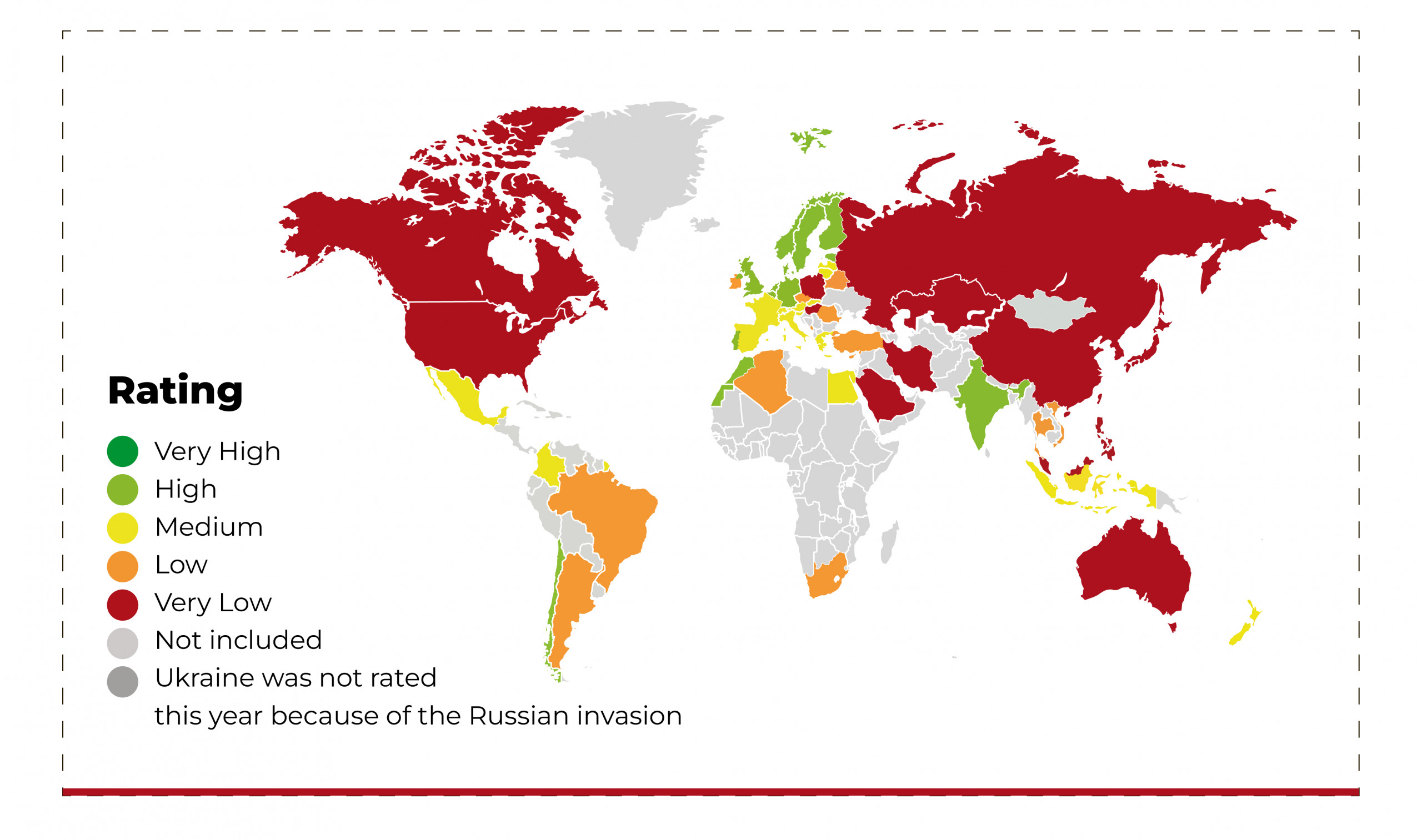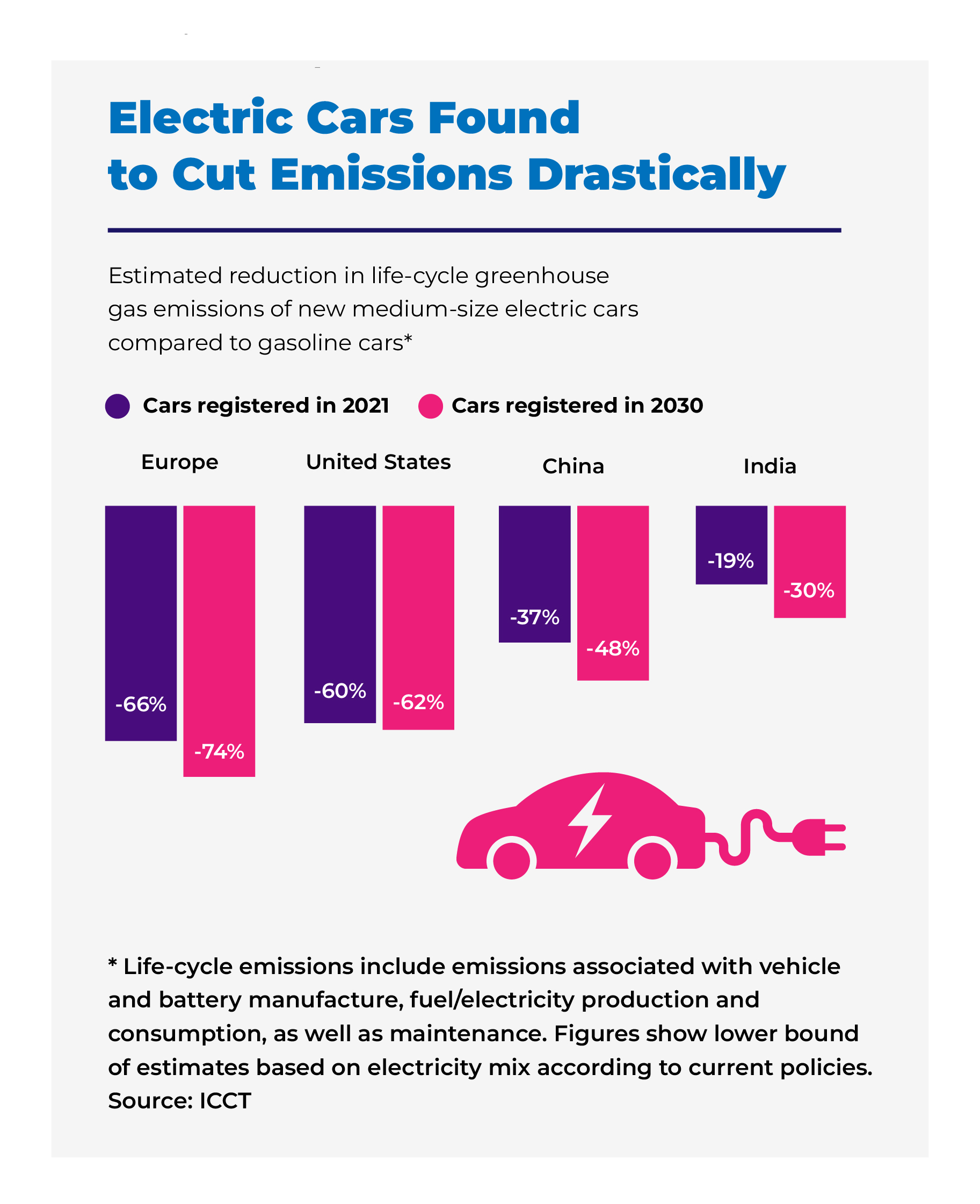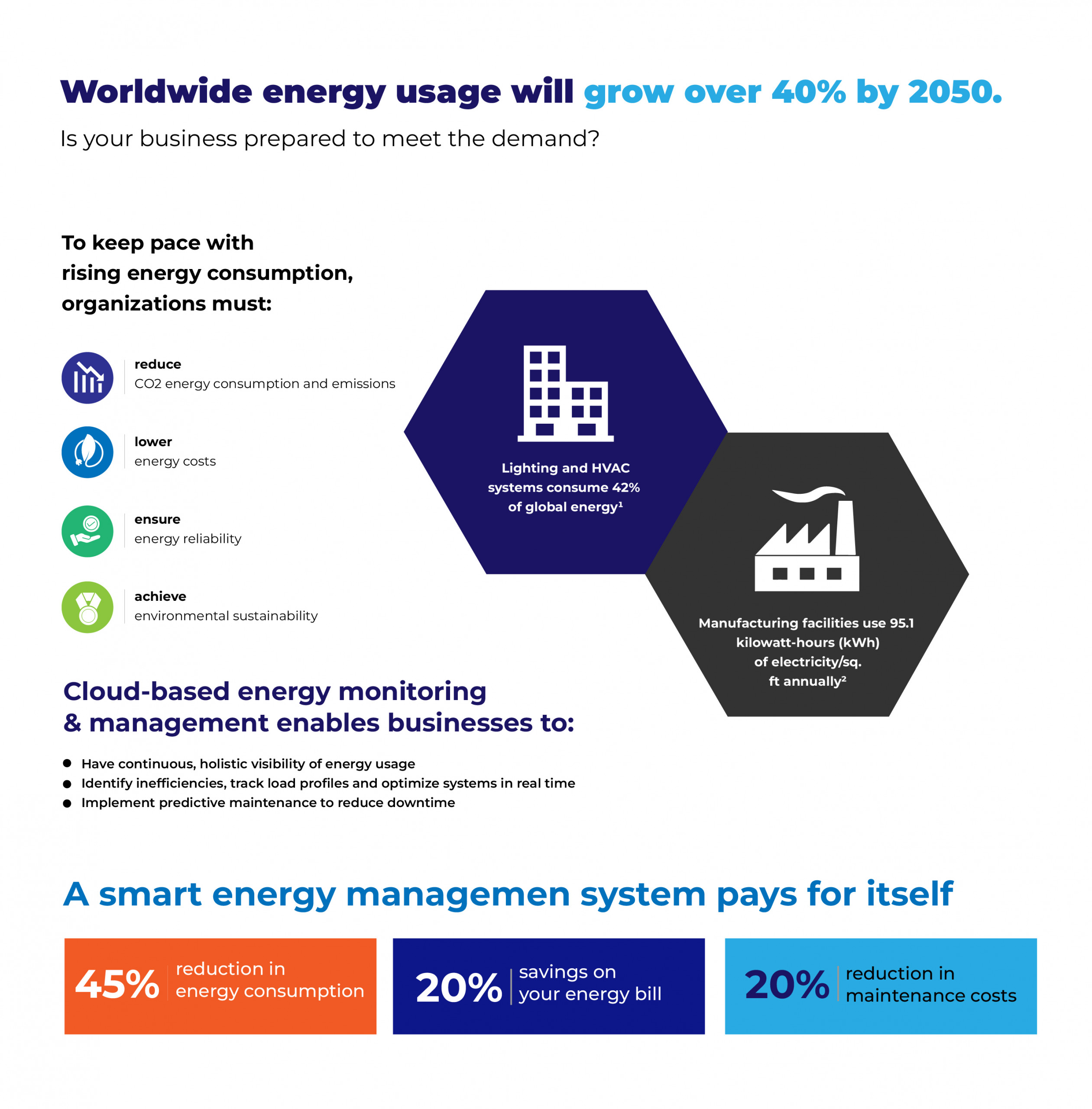Introduction
In the face of climate change and the imperative to create a sustainable future, the global energy landscape is undergoing a transformative shift. The energy transition is a pivotal moment for businesses to embrace clean, renewable energy sources, optimize energy efficiency, and reduce their carbon footprint.
At STL Digital, we understand the urgency and complexity of this transition. In this article, we provide a comprehensive guide to navigating the energy transition, offering actionable insights and highlighting the ways in which our expertise can help businesses thrive in a rapidly evolving energy landscape.
The Drivers of Energy Transition
The energy transition is driven by several key factors that businesses need to understand and address:
- Climate Change and Environmental Imperatives

Businesses must recognize the urgent need to reduce greenhouse gas emissions and mitigate the impacts of climate change. Aligning strategies with global climate goals and sustainability targets is crucial.
Climate change is one of the most pressing challenges of our time, with far-reaching consequences for the planet and humanity. The evidence is clear – global temperatures are rising, and the world is experiencing more frequent and severe weather events.
The Earth’s average temperature has been steadily rising over the past century, primarily due to human activities such as burning fossil fuels and deforestation. According to data from leading climate agencies, including NASA and NOAA, the last few decades have witnessed a clear warming trend. The consequences of this warming are evident in various regions worldwide.
- Evolving Regulatory Landscape
Stringent environmental regulations and policies are emerging, shaping the transition to cleaner energy sources. Businesses need to be aware of the potential risks and opportunities associated with compliance.
- Market and Consumer Demand
Consumers increasingly demand sustainable products and services, creating market advantages for businesses that adopt clean energy solutions and meet consumer expectations.
Strategies for Embracing the Energy Transition
To successfully embrace the energy transition, businesses can adopt the following strategies:
- Energy Efficiency and Resource Optimization
Optimize energy usage through energy audits, process optimization, and adopting energy- efficient technologies. Minimize waste and maximize resource utilization for sustainable operations.
- Renewable Energy Integration
Embrace renewable energy sources such as solar, wind, and hydropower. Explore options like on-site generation, power purchase agreements, and community renewable initiatives to transition towards cleaner energy.
- Decentralized Energy Systems
Benefit from decentralized energy systems, including microgrids and distributed generation, to enhance resilience, achieve cost savings, and promote local energy independence.
- Electrification and Clean Mobility

Invest in electric vehicles and clean transportation solutions to reduce carbon emissions. Explore opportunities for electric vehicle infrastructure and fleet electrification.
- Circular Economy and Sustainable Supply Chains
Embrace the concept of a circular economy, focusing on waste reduction and resource efficiency. Establish sustainable supply chains with responsible sourcing practices.
- Demand Response and Smart Grid Integration
Implement demand response programs and integrate with smart grids to optimize energy consumption based on real-time demand and supply conditions. By actively managing energy usage during peak hours, businesses can contribute to grid stability and reduce their environmental impact.
- Energy Education and Employee Engagement
Promote energy-conscious behavior among employees through education and engagement programs. Empowered and informed employees can contribute to energy-saving efforts within the workplace and beyond, cultivating a culture of sustainability.
How We Approach Energy Transition Challenges
At STL Digital, we are committed to assisting businesses in navigating the energy transition. Here’s how we can support your organization:
- Tailored Strategy Development
Leverage our expertise to craft personalized energy transition strategies that align with your business objectives, ensuring maximum impact. Our thorough assessment process identifies tailored solutions, empowering your organization to embrace sustainability and lead in the changing energy landscape.
- Technological Solutions and Implementation
Benefit from our ability to identify and implement cutting-edge technologies for energy efficiency, renewable energy integration, and smart grid solutions. Optimize energy systems and maximize returns on investment.
- Regulatory Compliance and Risk Management
Navigate complex regulatory frameworks with confidence as our expert guidance ensures compliance and effective risk management. Stay ahead of evolving policies and regulations, enabling your business to navigate the energy transition seamlessly and capitalize on emerging opportunities.
- Data-Driven Energy Assessments

Our approach goes beyond surface-level evaluations, as we delve into intricate energy consumption patterns to identify potential areas for optimization. By analyzing real-time energy data, we unearth valuable insights that enable us to tailor energy transition strategies to your organization’s specific needs.
Our data-driven approach empowers businesses to make informed decisions, prioritize energy-saving initiatives, and achieve tangible results in their journey towards sustainability.
- Energy Performance Monitoring and Management
Monitoring and managing energy performance is key to sustaining long-term efficiency gains. At STL Digital, we deploy state-of-the-art energy monitoring systems that provide real-time data on energy consumption. Through continuous performance management, we track the effectiveness of implemented energy efficiency measures and identify areas for further improvement.
Our proactive approach ensures that your organization maintains optimal energy performance, maximizes savings, and remains at the forefront of sustainable practices in the ever-evolving energy landscape.
Conclusion
The energy transition brings both challenges and opportunities for businesses. By embracing sustainable practices, optimizing energy usage, and adopting renewable energy sources, organizations can position themselves as leaders in a low-carbon economy. At STL Digital, we are dedicated to supporting businesses throughout their energy transition journey. Contact us today to leverage our expertise, develop a tailored strategy, and unlock the full potential of the energy transition.
Together, let’s shape a sustainable future.





